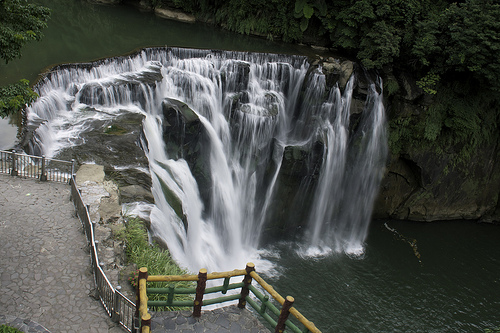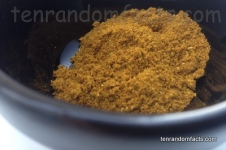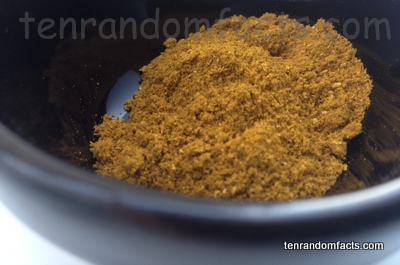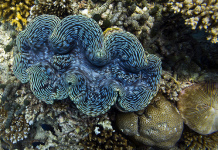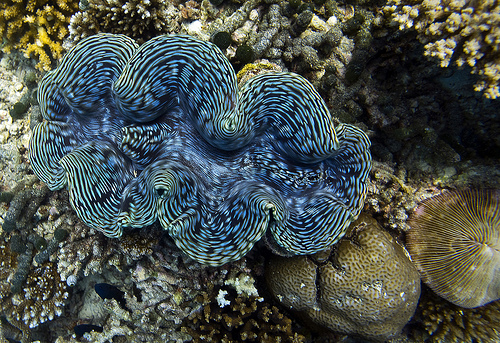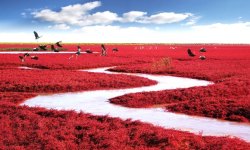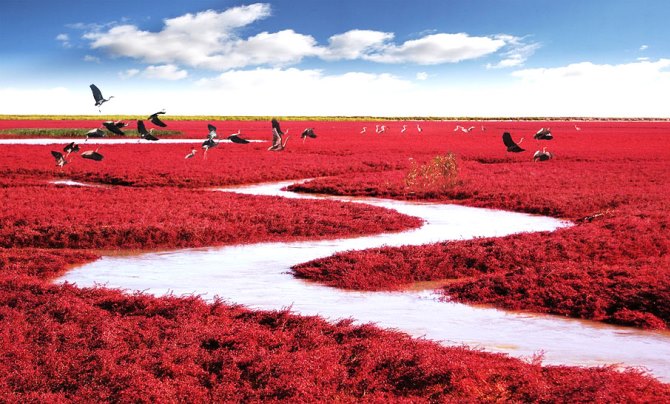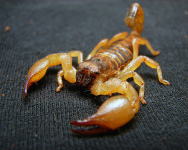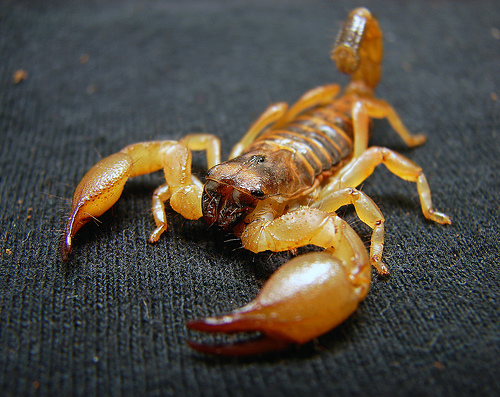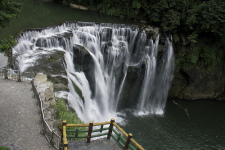
Shifen Waterfall is the Asian version of Niagara Falls.
- Shifen Waterfall is a waterfall located in Taiwan’s New Taipei City, in Asia, in the Pingxi district, and is part of the Keelung River.
- ‘Shifen Waterfall’ is also known as ‘Taiwan’s Niagara Falls’, ‘Little Niagara’ and ‘Rainbow Pond’, while ‘Shífēn’ means ‘very’ or ‘fully’.
- Shifen Waterfall is the widest waterfall found in Taiwan, and it spans a distance of approximately 40 metres (131 feet).
- The water of Shifen Waterfall runs down rocks that are spread in a horseshoe shape, that are found in a picturesque setting.
- Shifen Waterfall reaches heights of 15 to 20 metres (49 to 66 feet).
Shifen Waterfall
Image courtesy of Jeniffer/Flickr
- Shifen Waterfall is said to be a small version of Niagara Falls, and it has a cascade water flow, where the rocks slope back away from the direction of the water flow.
- Mist gathers at the base of Shifen Waterfall and when light refracts through the water droplets, rainbows form.
- Shifen Waterfall can be reached from a 15 to 20 minute trail, although a much longer track is available, and it can take as long as three or four hours to complete.
- Shifen Waterfall is located in a privately owned area and is surrounded by lush nature, as well as bridges, camping spots and rest areas.
- To see Shifen Waterfall an entrance fee is payable and the price varies, depending on the person’s age and other factors.
Bibliography:
Shifen Waterfall, 2014, Travel King, http://travel.network.com.tw/tourguide/point/showpage/940.html
Shifen Waterfall, 2014, Wikipedia, http://en.wikipedia.org/wiki/Shifen_waterfall
Shifen Waterfall, n.d, Taiwan’s Waterfalls, http://taiwanswaterfalls.com/waterfall-guide/new-taipei-waterfalls/shifen-waterfall/
Welcome to the Home of Water – Shifen, 2012, Riding Taiwan’s Scenic Railways, http://www.taiwan.gov.tw/ct.asp?xItem=70954&CtNode=3037&mp=10003





